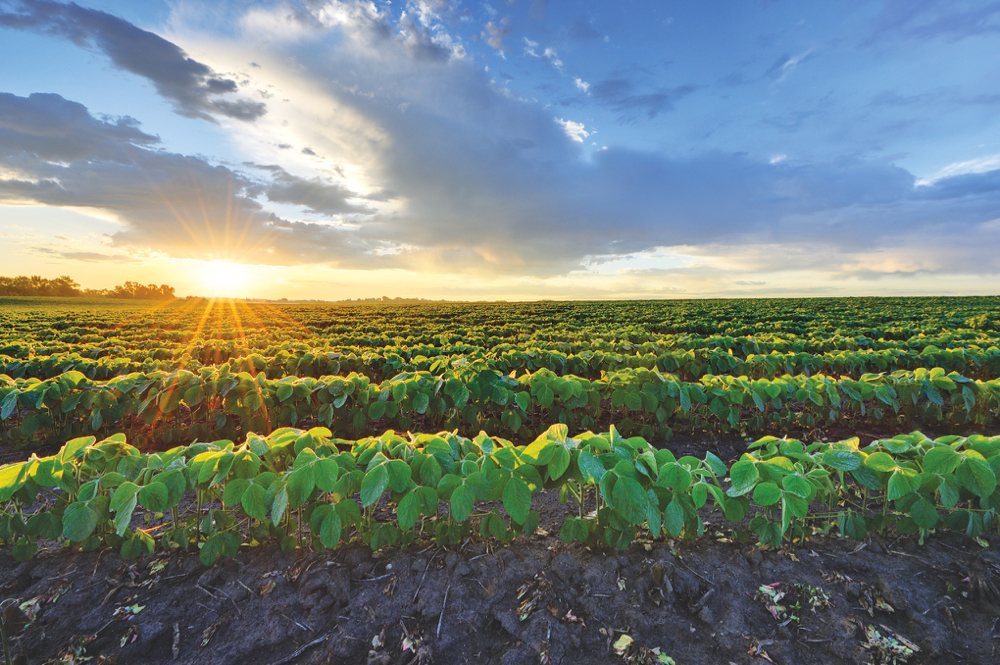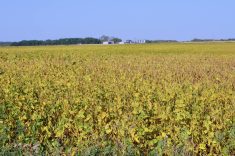Until August 12, the central story surrounding canola will be a lack of direction. There has been little to influence prices either up or down and this will likely remain the situation until the United States Department of Agriculture (USDA) issues monthly World Agricultural Supply and Demand Estimates (WASDE).
In that report due August 12 the department will provide the long-awaited numbers on corn, soybean and acres which were prevented from planting by this year’s excess moisture.
Read Also

Manitoba sclerotinia picture mixed for 2025
Variations in weather and crop development in this year’s Manitoba canola fields make blanket sclerotinia outlooks hard to pin down
Ever since the USDA issued its acreage report at the end of June, there has been a great deal of skepticism towards the numbers. That’s easy to understand as the department’s surveys took place before it was clear as to how much corn and soybeans would be planted, and how much was going to end up as prevented planting, all due to the wet conditions across the U.S. Midwest and Plains.
Once the August WASDE is out, the effect on the soy complex at the Chicago Board of Trade (CBOT) will likely spill over to canola on the Intercontinental Exchange (ICE).
In the meantime, canola has benefited from improved weather across the Prairies, which in turn has weighed on values and possibly eliminating any weather premium still lingering on bids.
Then weather elsewhere in the world has factored into ICE canola prices. As Europe has endured a heat wave that pushed temperatures to around 40 C, the continent’s rapeseed crop has suffered. Europe is now on pace to produce 18.0 million tonnes of rapeseed, its smallest crop in almost a decade. This nearly four per cent drop from 2018’s production has provided support for rapeseed and spilled over into canola.
Elsewhere in the world, below-average rainfall from the monsoons in Asia have resulted in higher palm oil prices.
Unless the U.S. and China somehow come to a trade deal before August 12, which would boost the CBOT soy complex, look for prices to continue to be choppy.




















